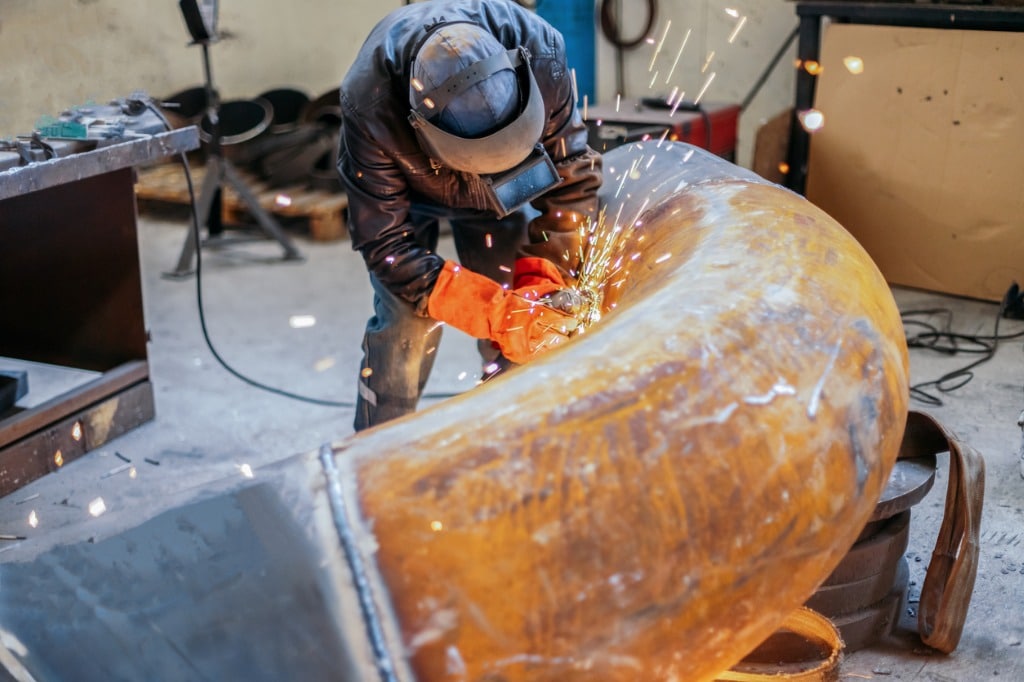Working in Confined Spaces
Great care must be taken when working in confined spaces, which could pose hazards such as exposure to dangerous chemicals, flammable vapors, or unguarded machinery — in this blog we’ll explain how to minimize the risks involved.
Working in confined spaces can be a risky business if the right precautions are not taken.
Entering confined spaces can be a routine requirement for workers in the Oil & Gas sector, who may need to carry out inspections and maintenance.
Oil & Gas workers are often required to enter confined spaces such as petroleum and other storage tanks, mud pits, reserve pits, excavated areas, and sand storage containers.
What Hazards Should You Look Out For?
Safety hazards associated with confined spaces include the ignition of flammable vapors or gases.
Other potential hazards include asphyxiation and exposure to dangerous chemicals.
Unguarded machinery, exposed live wires, and heat stress can also pose considerable health and safety risks.
How dangerous are Confined Spaces?
A total of 1,030 workers died from occupational injuries involving a confined space during the period 2011 to 2018, according to the US Bureau of Labor Statistics.
The actual causes of fatalities vary, but some of the most common — according to the US Bureau of Labor Statistics — include the inhalation of harmful gases such as hydrogen sulfide, carbon monoxide, methane, sewer gas, solvents, and degreasers.
In addition, other causes of fatalities include depletion of oxygen and drowning.
It is also worth noting that approximately 60% of confined spaces fatalities are “would-be rescuers.”
A Quick Guide to “Permit-Required” Confined Spaces
Some confined spaces present such a high level of risk that the Occupational Health and Safety Administration (OHSA) defines them as “permit-required” confined spaces.
What is a permit-required confined space? OSHA defines it as a confined space that may contain:
- A hazardous or potentially hazardous atmosphere
- A material that can engulf an entrant
- Walls that converge inward, or floors that slope downward and taper into a smaller area — which could trap or asphyxiate an entrant
- Other serious physical hazards such as unguarded machines or exposed live wires
These confined spaces must be identified by the employer — and employees must be informed of the existence, location, and hazards of such spaces.
How to Minimize Risk
What procedures should be followed when dealing with permit-required confined spaces?
Here are six top tips:
1. Ensure that you have the appropriate training and permissions.
Do not enter permit-required confined spaces without being trained or without having the appropriate permit.
2. Ensure that you are following the correct procedures.
Review, understand, and follow the correct procedures before entering permit-required confined spaces — and know how and when to exit.
3. Determine the level of risk prior to entry.
Before entry, identify any physical hazards or any risks associated with inhaling harmful substances.
4. Conduct an air test.
Use appropriate air testing equipment to assess the dangers that are present. Before and during entry, test and monitor for oxygen content, flammability, toxicity, or explosive hazards as necessary.
5. Use the correct safety equipment.
Ensure you have the correct fall protection, rescue, air-monitoring, ventilation, and lighting and communication equipment — in accordance with entry procedures.
6. Maintain communication.
Maintain contact at all times with a trained attendant either visually, via phone, or by two-way radio. This monitoring system enables the attendant and entry supervisor to order you to evacuate, and to alert appropriately trained rescue personnel when necessary.





Leave a Reply